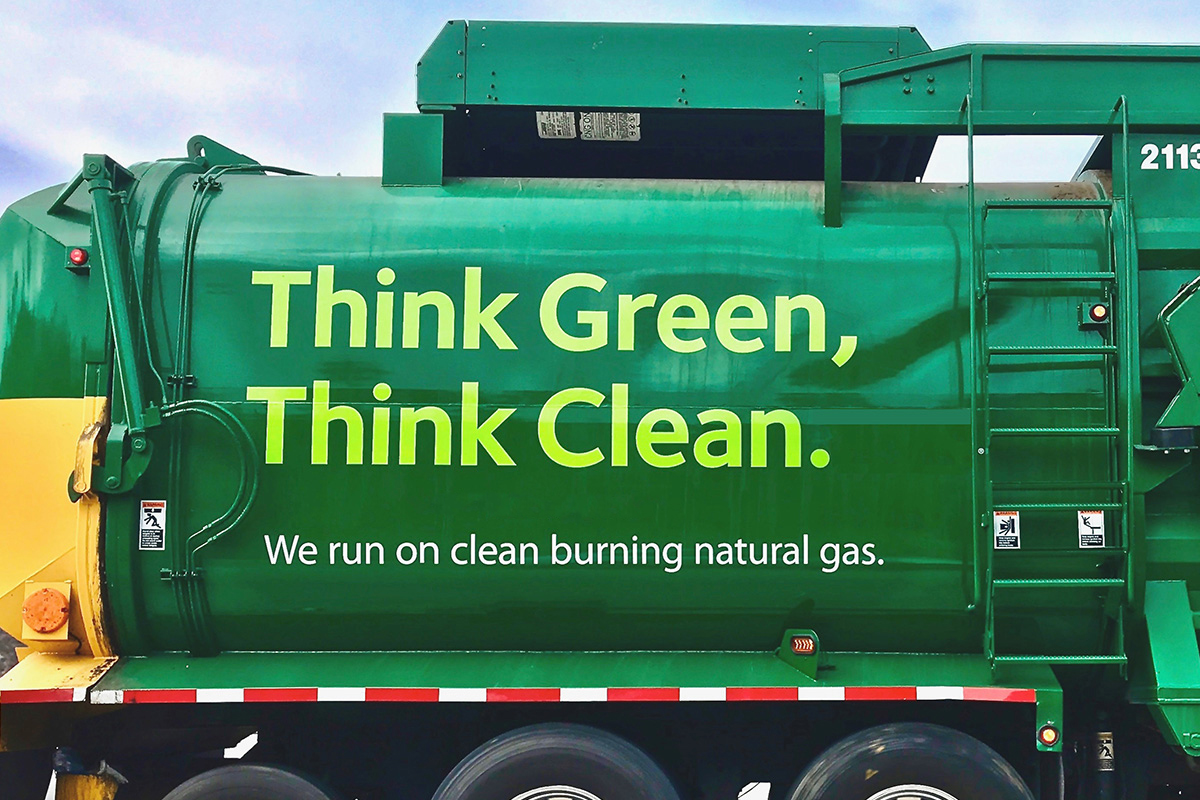
Risk Insights
Natural Gas Can Be a Great Option for Commercial Fleets. But Know the Risks.
More and more companies today are powering their commercial fleet with alternative fuels such as compressed natural gas (CNG) and liquefied natural gas (LNG). While these alternative options can reduce emissions and operating costs, many employees have never handled natural gas in this capacity. Accordingly, there are safety measures and training protocols to carefully consider.
Gas Properties
LNG is a colorless, odorless and environmentally non-toxic gas made primarily of methane and ethane. It is cryogenically cooled by bringing the temperature down to -259 degrees Fahrenheit for ease of storage and transport. Since LNG is liquid, it is stored unpressurized. When LNG is used, it converts back to its gas form. If LNG is leaked, it transitions into a vapor cloud and dissipates because it is lighter than air.
CNG is an odorless compressed methane gas that is stored at very high pressure. There is an odor additive mixed in with the gas called mercaptan that gives it the smell of sulfur or rotten eggs. It is used to alert people that there is a leak. CNG is lighter than air and dissipates quickly.
Safety Concerns
LNG and CNG can be more preferable choices for fuel because there are fewer hazards in the event of a spill. The gas is lighter than the air, so it dissipates quickly and therefore, there is no substantial clean up. Put another way, it does not have the same spill concerns as petroleum products.
LNG and CNG have slightly different safety requirements while working with them. LNG has more requirements for what personal protective equipment (PPE) should be worn and the training that should be completed, while CNG is hazardous due to the pressurized lines.
LNG Safety Concerns
Some safety concerns of working with LNG are:
- Frostbite or freeze burns
- Asphyxiation due to the vapor cloud causing an oxygen-reduced environment in a confined space
- Fire hazards during storage
- Explosions from rapid-phase transition (when LNG spills into a body of water)
CNG Safety Concerns
- CNG is a gas compressed at a high pressure, so it is important to work carefully around any tanks or lines.
- If the gas is released and contacts skin, it will leave burns.
- If CNG is leaking in enclosed areas, there is potential for asphyxiation, particularly if the area does not have good ventilation.
Personal Protective Equipment
PPE is always necessary to minimize exposure to potential hazards. There are differences in what PPE should be worn when working with LNG or CNG.
Since LNG is stored at such a cold temperature, recommended PPE includes:
- Cryogenic-rated gloves
- Goggles that meet ANSI Z.87.1 standards
- A face shield
- A cryogenic apron
- Flame-retardant (FR) clothing
- Uncuffed pant legs
- Self-contained breathing apparatus (SCBA) (if necessary)
- Proper boots
- Neck protection for splashback
- Gas detector, if in or around confined spaces
CNG requires similar PPE, but since CNG is not cryogenic, the requirements are a bit different. When working with CNG, recommended PPE includes:
- Impermeable gloves
- Safety glasses
- A face shield
- Goggles
- SCBA (If necessary)
- Gas detector, if in or around confined spaces
All pieces of PPE are meant to keep workers safe while working with CNG or LNG. Remember, however, that some pieces are required for different job tasks when working with the gas. Make sure workers fill out a job hazard analysis (JHA) to determine the appropriate PPE for the job task at hand.
Employee Training
Make sure employees know the gases they are working with and review the safety data sheet (SDS). When using LNG, there should be specialized training for the job tasks that require its use. If employees are fueling vehicles with LNG, have standard operating procedures (SOPs) in place with which to train them. Make sure the employees understand the hazards associated with each form of gas and why the PPE is required.
When working with CNG, it is very important the employees are trained on the hazards of working with pressurized gas lines and what to do in case of an emergency or a leak. Make sure there are SOPs in place for fueling vehicles with CNG.
Emergency Preparedness and Response
If your organization works with either natural gas, an Emergency Preparedness Plan must be developed and utilized. Start with completing a spill risk assessment to determine how a spill may occur. Then develop a spill response plan and procedure to follow if there is a spill. Make sure to identify the proper agencies and authorities that need to be contacted in case of a spill. The best practice would be to have the local authorities (fire department) meet with you to help develop the plan. There should be an alarm system in place to alert the proper personnel when a spill occurs. Once the plan is completed, make sure to train all affected employees on the specifics of the plan.
The Power of Knowledge
If you’re considering the use of natural gas to fuel your commercial fleet, VTC Insurance Group strongly recommends that your employees fully understand the risks of LNG and CNG. To learn more, visit the U.S. Department of Energy’s Alternative Fuels Data Center. To contact a VTC agent near you, give us a call, or visit vtcins.com.
This flyer is for informational purposes only and is not intended as legal advice.


